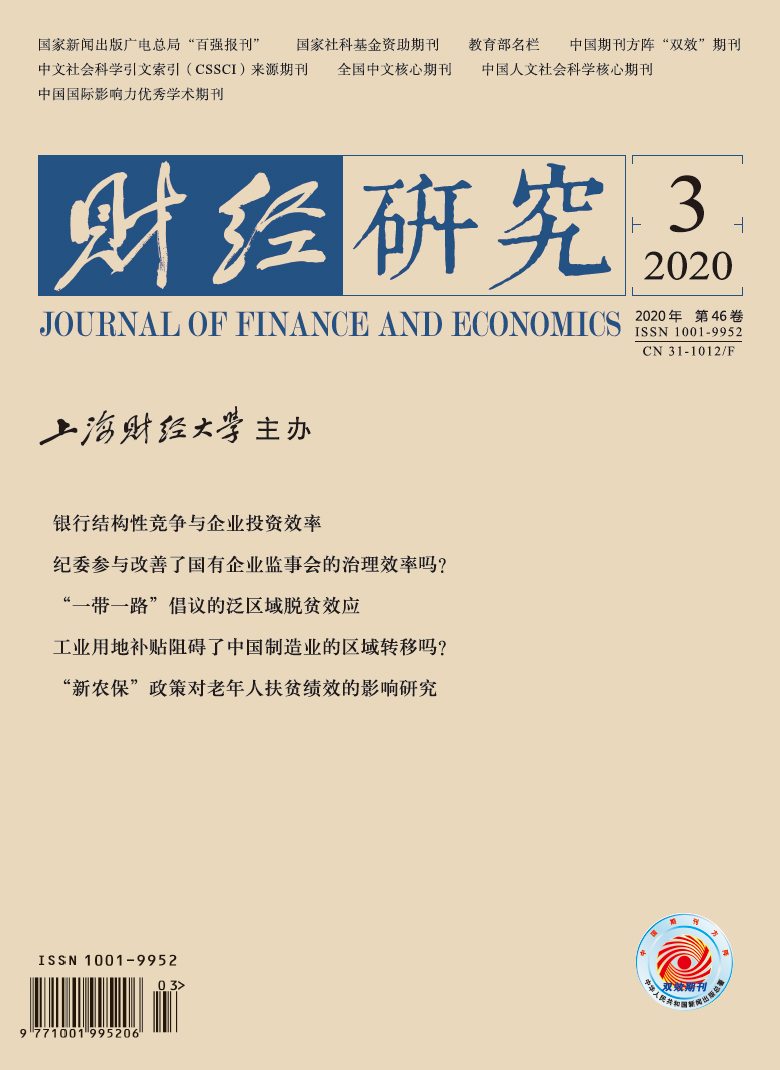The Belt and Road Initiative is an open cooperation platform for joint development and prosperity sharing. China is committed to helping countries along the Belt and Road to narrow the development gap, share the fruits of economic growth, and build a community with a shared future. However, the global income disparity and the widening north-south gap remain grim. A series of problems, such as poverty, as well as the derived hunger, disease and social conflicts, are still plaguing many countries along the Belt and Road. Then, can the Belt and Road Initiative initiated by China effectively help the less developed areas along the Belt and Road to solve the problem of poverty? This is not only related to whether the Belt and Road Initiative can win broad support from countries along the Belt and Road, but also the basis for China to formulate economic and trade cooperation policies with countries along the Belt and Road.
With the Global Trade Analysis Project (GTAP) model and the GTAP 9.0 database, we simulate the pan-regional poverty reduction effect of China’s policies in multiple contexts, including tariffs reduction and transportation infrastructure investment to all the countries along the Belt and Road, and transferring some labor-intensive industries to the less developed areas along the Belt and Road. We find that China expanding its imports and transportation infrastructure investment to countries along the Belt and Road could increase the real wages of unskilled labor of the low- and middle-income countries along the Belt and Road, but the policy effect is very limited, which is not enough to help them to get rid of poverty. However, China could transfer its labor-intensive industry to the low- and middle-income countries along the Belt and Road through international production capacity cooperation, which could effectively increase the real wages of low-skilled labor in the host countries and help them to get rid of poverty successfully. Besides, China’s economic and trade cooperation with countries along the Belt and Road is also conducive to the export growth of the United States and other developed economies, especially to alleviating the trade imbalance between China and the United States.
The conclusion of this paper has important enlightenment for the Belt and Road Initiative to exert a pan-regional poverty reduction effect. China should resort to the Belt and Road Initiative to focus on the labor-intensive capacity cooperation with the less developed countries along the Belt and Road with abundant unskilled labor resources and severe poverty problems, which on the one hand can effectively solve the plight of insufficient supply of China’s domestic labor, and on the other hand can help the less developed areas along the Belt and Road to create more employment opportunities and alleviate poverty.





 , 2
, 2 6837
6837  5396
5396

